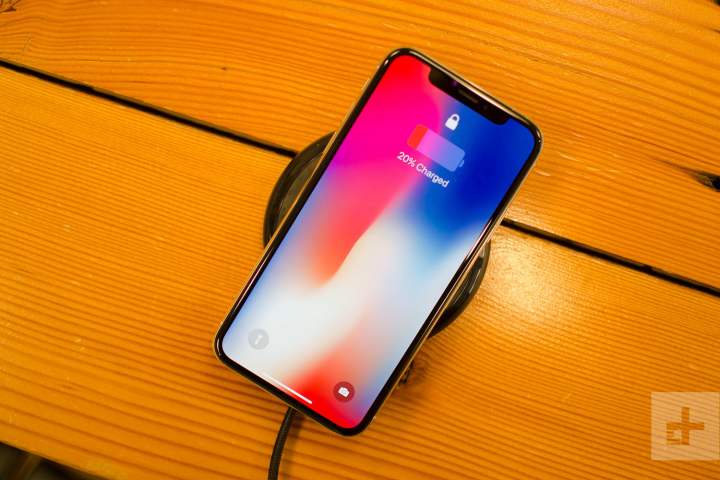
The news makes sense. Ever since Apple started shipping a “Plus” version of its smartphones, and even before that, larger screens have beecome increasingly popular. Nowadays, every flagship phone is launched alongside a “Plus,” “+,” or “XL” version for those who want a bigger display and don’t mind sacrificing a little more pocket space.
Of course, part of what makes phablets more usable these days is the rise of the edge-to-edge display. For example, while the iPhone X has a 5.8-inch display, which is bigger than the 5.5-inch display of the iPhone 8 Plus, it has a much smaller footprint thanks to the elimination of the bezels. Apple itself is selling more phablets — or large phones — than it traditionally has. Sales of the iPhone 8 Plus and iPhone X accounted for a hefty 41.2 percent of its shipments in 2017, according to IDC.
“In 2012, phablets were just 1 percent of smartphone shipment,s and now they are approaching 50 percent of the market just a few years later,” said IDC’s Ryan Reith in a blog post. “The rapid transition to bezel-less smartphones will help minimize the device footprint while growing the screen size from previous generations.”
IDC also continues to forecast growth for the smartphone industry. That’s also not very surprising — while some have theorized that products like the smartwatch and other wearable devices will one day overtake the
Another change that came about in 2017 is the rise of the ultra-high-end phone — or phones that cost well beyond the $850 price tag and into the $1,000-plus range. Most obvious of those is the iPhone X, but the Samsung Galaxy Note 8 also carries a hefty price.
Last but not least is the smartphone operating system market share. Android currently has 85.1 percent of the total market share — and IDC forecasts that will remain relatively stable over the next few years.
Editors' Recommendations
- Look who just replaced Samsung as king of the global smartphone market
- Forget the iPhone 15 Pro — the regular iPhone 15 is a bigger deal
- Google Pixel 6 vs. Apple iPhone 13: Is Google’s new flagship an Apple eater?
- Will that unlocked phone work with your wireless carrier? Here’s how to tell
- OnePlus 9 vs. iPhone 12: Is the new flagship killer worth the money?

